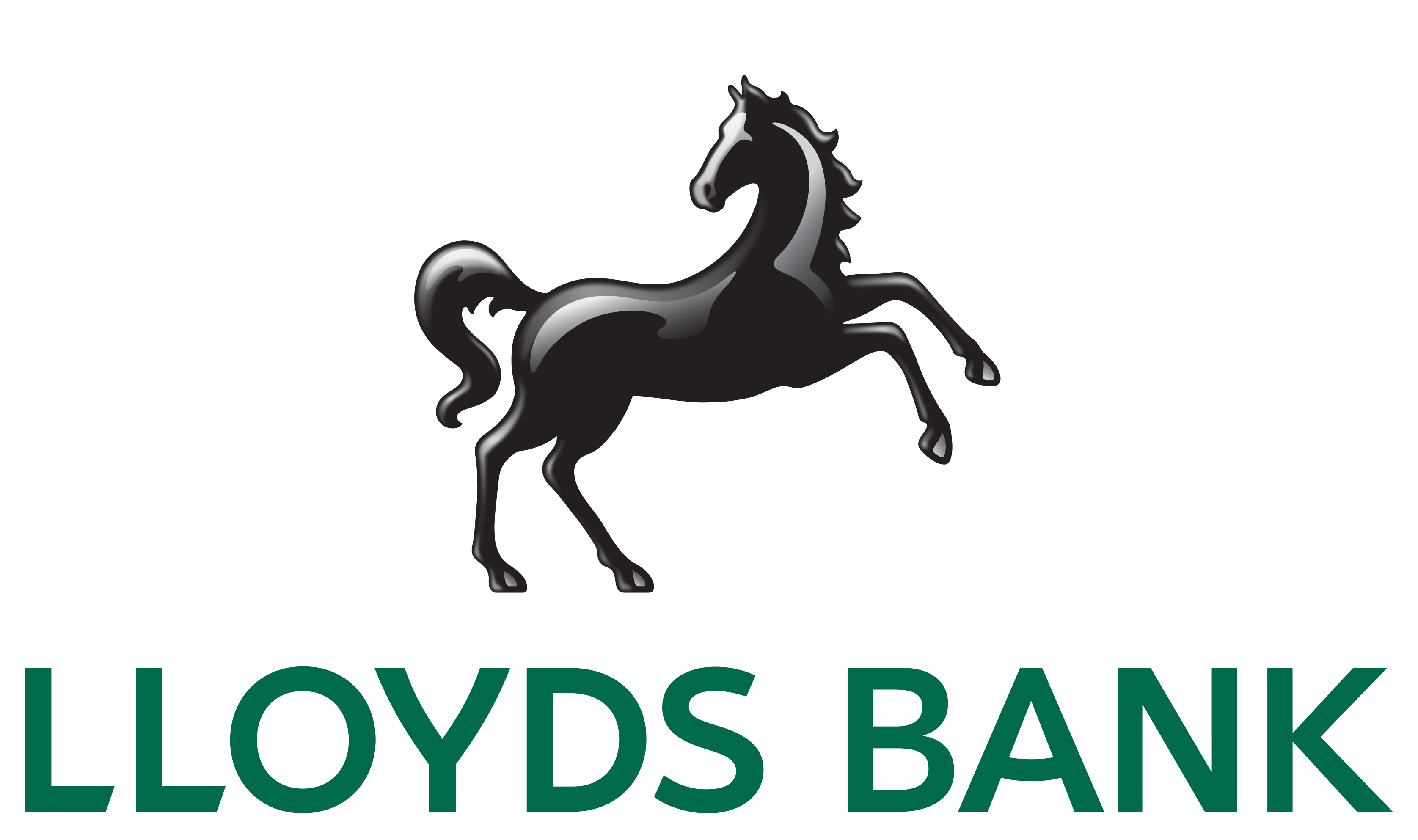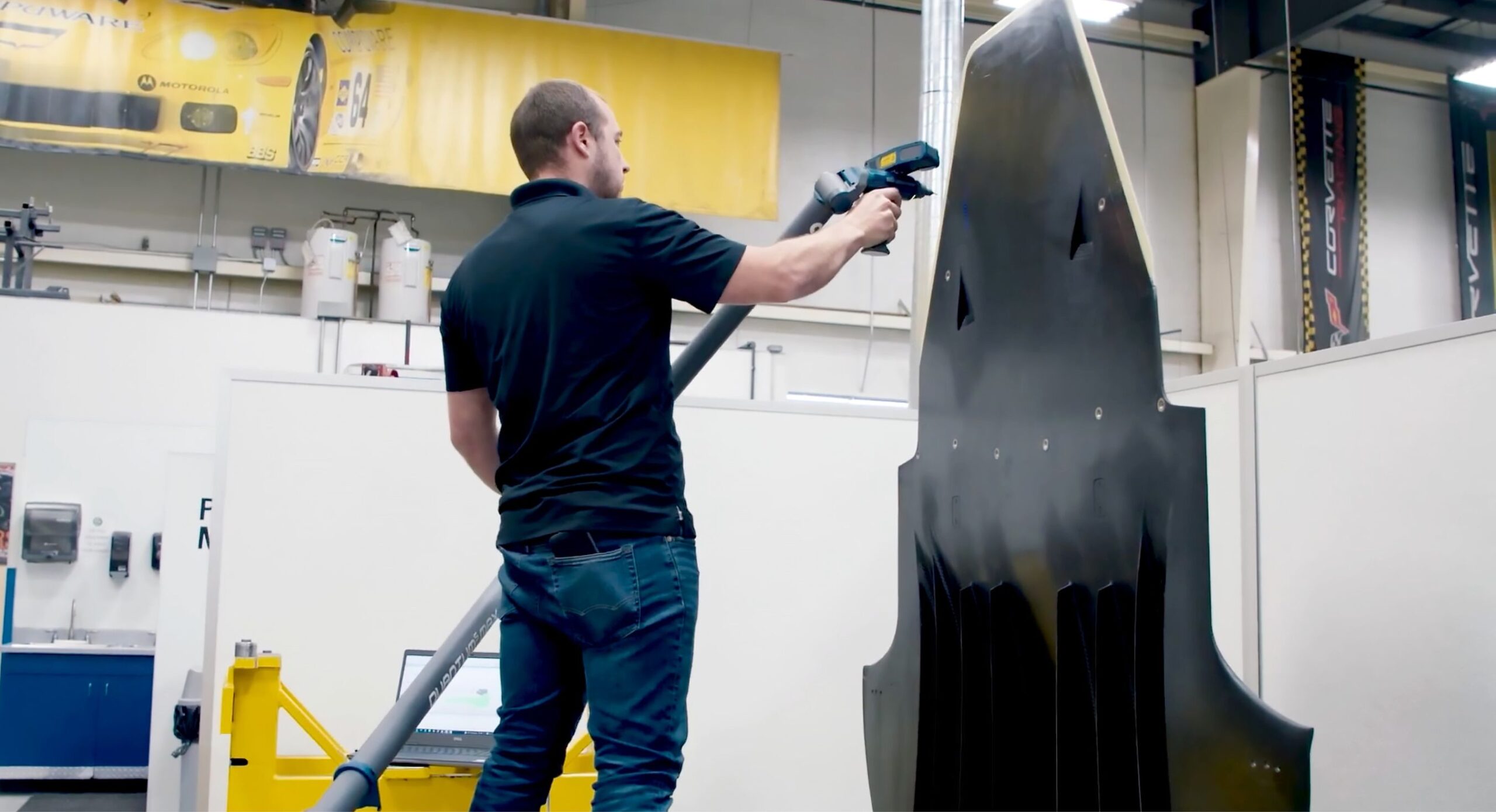Context, a market research firm, reports that the global additive manufacturing market was valued at $13.3 billion in 2022, up from $5.1 billion in 2016, according to the Wall Street Journal. By 2026, that figure, which includes software and hardware like 3-d printers, is forecast to grow to $37.2 billion. In a related report, Data Bridge Market Research, notes that North America is expected to lead this growth due to increasing demand for lightweight components from the automotive and aerospace industries.
What is Additive Manufacturing?
Typically, additive manufacturing relies on Computer-Aided-Design (CAD) software and 3D object scanners, like a FARO Quantum Max FaroArm® to direct hardware, such as 3D printers, to deposit material, layer by layer, in precise geometric shapes to create an object rather than using traditional subtractive methods that remove material via milling, machining, carving or shaping to create an object.
The process of additive manufacturing allows manufacturers to print parts as a single piece, reducing material waste and saving time and reducing costs when prototyping and reverse engineering parts.
Increasingly, portable coordinate measurement machines are being used as the first step in additive manufacturing because they further accelerate the product development process. Portable CMMs can scan the measurements, features and details needed to create a part in
minutes, whereas it can take hours to gather only the simplest physical dimensions of a part using traditional measurement methods, such as calipers and coordinate measurement machines (CMMs). The detailed 3D scans are then sent to a computer software program, which
uses the collected data to create a virtual 3D model for printing.
Not only do portable CMMs provide faster and more detailed measurements, but they also increase accuracy due to the high-resolution of the data and reduce instances of human error associated with traditional measurement methods, ensuring quality control of the first article
created.
The technology can also be used to:
- Inspect and diagnose failure in parts that were created via an additive manufacturing process. For example: a 3D-printed part can be tested under stress in the environment in which it is intended to be used and, following these tests, the Quantum Max or any type of PCMM can be employed to find and diagnose any deformities or critical points of failure in the part to further ensure product quality and quicken subsequent product iterations.
- Capture objects that have pre-formed surfaces, complex curvatures or textured surface finishes better than traditional measurement methods, because these types of features are not easily measured with traditional tools.
- Reverse engineer a physical object for additive manufacturing so that a part’s height, width, depth, diameter and circumference, as well as complex details such as the radius and textures of certain features can all be determined with ease. 3D scanning with a
portable CMM efficiently and precisely acquires all the data associated with the part’s surfaces, details and intricate features, allowing accurate and detailed data to be sent to the printer for additive manufacturing.
Improvements to Scanning Technologies Overcome Additive Manufacturing Challenges
Despite the numerous advantages of using 3D scanning in the additive manufacturing process, there are some associated challenges, such as scanning large and heavy parts. However, recognizing the issue, some newer technologies, like the Quantum Max portable coordinate
measuring machine, offer larger reach to provide more comfortable articulation for better extension over and around large objects.
When combined with the FARO® 8-Axis Max Rotary Worktable, a modular component that can be used with any FaroArm, the need to relocate or reposition the scanning device is nearly eliminated. Traditionally, technicians would have to scan a large part one section at a time and then move the scanner to the next section, but this could result in inaccurate data.
Another challenge associated with traditional 3D scanners is that they often have difficulty scanning parts that are dark, shiny or reflective. In these instances, technicians will spray the part with powder to achieve a matte finish in order to obtain an accurate scan, but this may
become an obsolete procedure due to the introduction of optically superior blue-laser technology.
FARO’s Quantum Max ScanArm, features three purpose-built, hot-swappable Laser Line Probes (LLPs), offers capabilities such as rapid prototyping, reverse engineering and 3D modeling of free-form surfaces. The blue-laser technology permits scanning of challenging surfaces, including those that are dark or reflective, simplifying the process and increasing the accuracy of scanning these objects prior to additive manufacturing applications.
Complicated software used to convert scans for printing was another challenge for additive manufacturers. But today even the most sophisticated software programs are becoming more user friendly. For example, FARO RevEng™ Software allows users to more accurately capture and more easily edit meshes for the creation of models for 3D printing.
Using the software in combination with 3D scanning products allows data ranging from high-resolution color point clouds to simple meshes to be transformed into detailed meshes, providing more insight into the design and composition, as well as visual differentiation
between materials and textures. The intuitive user interface visually displays all the tools within a single screen, facilitating easy manipulation and customization of the 3D object to meet specific design requirements
Putting it All Together
Recently, Adam LZ, an automotive YouTuber and motorsports racer, partnered with FARO and a software provider to create a custom part for a racecar using FARO’s 3D scanning technology, and additive manufacturing. Initially the dash of the car contained a navigation console that needed to be removed because it was adding unnecessary weight to the vehicle. The goal of the project was to quickly create a customized, lightweight part that would properly fill the pocket left in the dash after the navigation system was removed.
Scanning the entire dash allowed designers to understand where the navigation system resided in the piece. With this step complete, the navigation console was removed and scanned to provide insight into the shape of the console itself, as well as the metal clips that held it securely within the dash. A third scan was taken of the void left in the dash to provide understanding of the geometry beneath the void, including the mounting points, so that the newly created part would fit the void and properly attach to the existing mounts.
The three scans were then brought together using the software to create a 3D model that was used to rapidly manufacture a part via additive manufacturing. Thanks to the accuracy of the scan, which included the geometries of the void, the surface textures of the dash, the mounting
points and all the other necessary features, along with the rapid pace of additive manufacturing, success was achieved and a well-fitting part that matched the leather-like surface texture of the original dash and mounted to the existing clips was designed and produced by the next day.
As evidenced from above, it’s easy to see that today’s 3D laser scanning technologies and user-friendly software packages help innovative additive manufacturers speed their workflows while ensuring accuracy and quality of the produced parts, making them more profitable and efficient than ever before.



